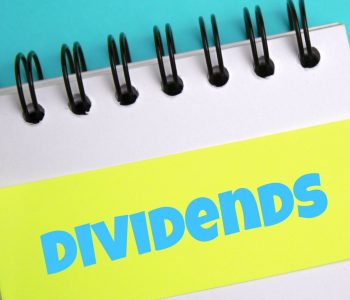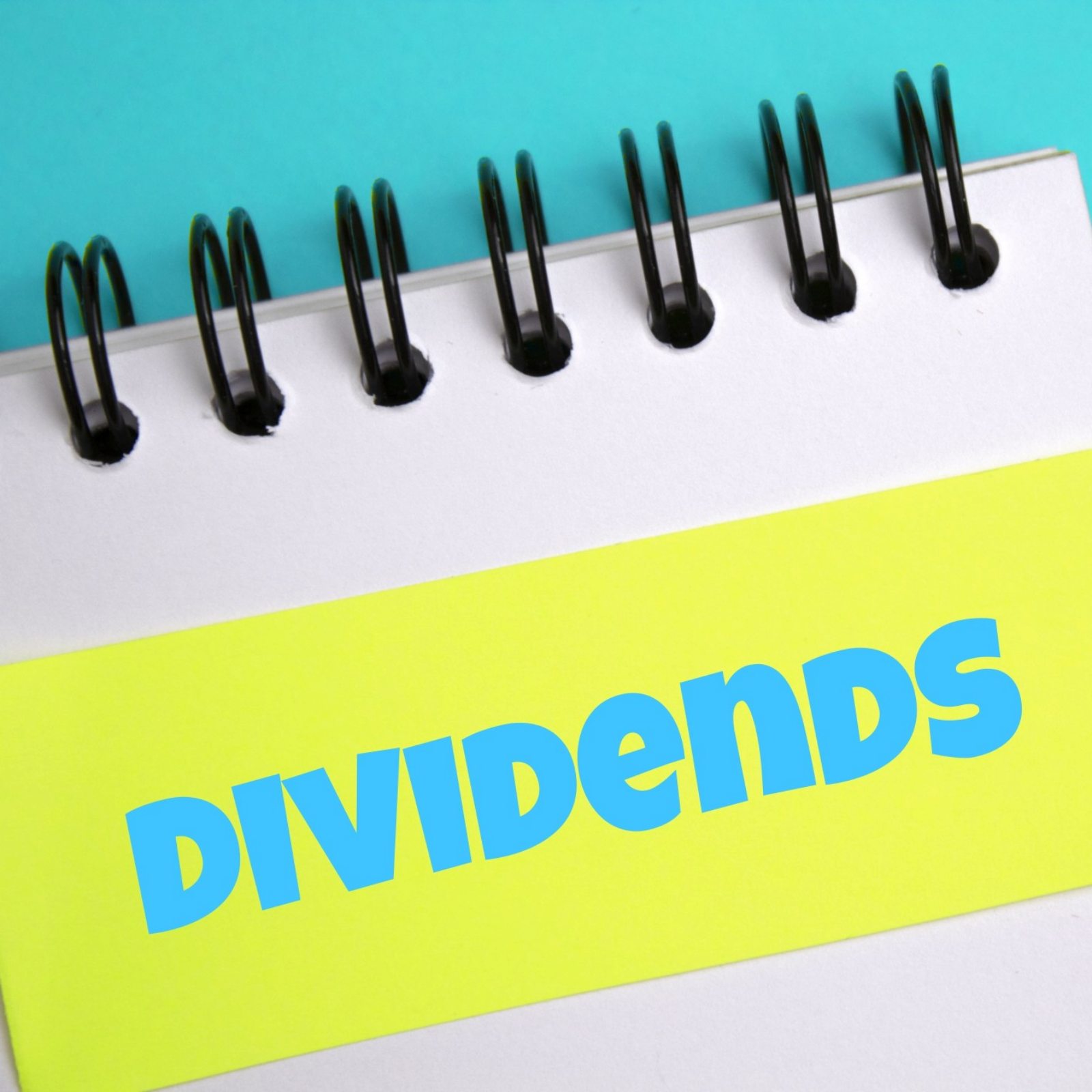Tech Stocks Are Down but High-Yield Dividend Stocks Are Going Up

S&P 500 & Nasdaq Tumble Into Bear-Market Territory
There hasn’t been much to celebrate on Wall Street in 2022.
It didn’t start out that way, though. The S&P 500 rallied by an impressive 26.9% in 2021 and enjoyed 70 record closes. The S&P 500 also marked its third straight positive year.
The overwhelming optimism in 2021 far outpaced the projections from December 2020. At the time, JPMorgan Chase & Co (NYSE:JPM) was the most bullish, calling for the S&P 500 to hit 4,400 in 2021, translating to an annual gain of 17%. Citigroup Inc (NYSE:C) was the most bearish, calling for the S&P 500 to end 2021 at 3,800, for a gain of just 1.2%. (Source: “The Stock Market’s Rally Though 2021 Blew Wall Street’s Forecasts Out of the Water,” Markets Insider, December 31, 2021.)
With the successful launch of COVID-19 vaccines, the reversal of lockdown measures, and the reopening of the economy, analysts were expecting 2022 to be another banner year. At the end of 2021, Wall Street analysts projected that the S&P 500 would end 2022 at 5,225, pointing to a gain of 9.6%. (Source: “Analysts Are Forecasting the S&P 500 to Rise 9.6% in 2022,” Forbes, December 31, 2021.)
By all accounts, the S&P 500 was headed in that direction. On January 4, the index hit a new record of 4,819. Analysts thought it was just the beginning.
It doesn’t appear that the S&P 500 will hit that target, though. It recently posted its worst half-year numbers since 1970. In the first six months of 2022, the S&P 500 cratered by 20.6% and ended up in bear-market territory.
Investors had been digesting the fears of surging inflation and rising interest rates that could tip the U.S. into a recession. It’s already halfway there, with the U.S. economy shrinking by 1.6% in the first quarter. The definition of a recession is two consecutive quarters of contraction.
The Nasdaq has had an even worse go of it, ending the first half of this year deep in bear-market territory, down by 29%. This represents the Nasdaq’s biggest percentage drop in its history.
Why have once-popular, high-octane technology stocks been taking the biggest hit?
Cash flow is king right now. Before the stock market sell-off, investors didn’t care much about cash flow and sent tech stock valuations into nosebleed territory. In their mind, the promise of future profits was more important than the short-term financial losses.
But rising interest rates have forced investors to take a closer look at companies’ fundamentals. With cheap money evaporating, solid balance sheets have become even more important than before. If a company isn’t profitable—or at least on its way to becoming so—investors aren’t going to reward it with a higher share price.
Inflation is at its highest level in more than 40 years, and it shows no signs of slowing down. That’s why the Federal Reserve will continue to announce oversized interest rate hikes. This will continue to hammer tech stocks.
That doesn’t mean investors should run for the exits or sit on the sidelines waiting for the stock market to bottom. For one thing, it’s impossible to time the market. For another thing, during the stock market sell-off, quality, high-yield dividend stocks have provided reliable, stable, and—in many cases—growing payouts.
High-Yield Dividend Stocks Help Investors Tackle Inflation & Recessions
Despite the war in Ukraine, stocks being in a bear market, soaring inflation, rising interest rates, supply-chain disruptions, and ongoing concerns about COVID-19, quality, high-yield dividend stocks not only continue to pay quarterly dividends, but many actually raised their payouts in the first half of 2022.
Here are just a few of the ultra-high-yield stocks I follow that saw their dividends get raised in the first half of this year:
- Global Partners LP (NYSE:GLP)
- Enterprise Products Partners L.P. (NYSE:EPD)
- Delek Logistics Partners LP (NYSE:DKL)
- WP Carey Inc (NYSE:WPC)
- Williams Companies Inc (NYSE:WMB)
- Innovative Industrial Properties Inc (NYSE:IIPR)
- Crestwood Equity Partners LP (NYSE:CEQP)
- AFC Gamma Inc (NASDAQ:AFCG)
- Presidio Property Trust Inc (NASDAQ:SQFT)
These companies make a lot of money and reward their buy-and-hold investors with growing dividends, even during some of the worst economic and geopolitical times.
Dividends are a reflection of a company’s success, so a company that hikes its dividend on a regular basis—or even just maintains it—is saying to investors that it’s doing well and is confident about its future.
That doesn’t mean high-yield dividend stocks don’t experience price volatility, but thanks to their reliable, growing payouts, these stocks can help investors tackle surging inflation.
Quality, high-yield stocks can also help investors ride out recessions. Many of the ultra-high-yield dividend stocks I write about have share prices that outperform the S&P 500. Companies with steady or growing high-yield dividends tend to do much better during recessions than the companies that simply have high yields. And right now, with stock prices down, many companies can boast high dividend yields.
Unfortunately, those yields are only high because their share prices are low, not because their underlying businesses are doing well. Dividend yields and share prices are inversely related. When a stock price falls, the yield rises, even if the payout stays the same.
The Lowdown on High-Yield Dividend Stocks
As mentioned earlier, the stock market has cratered in 2022. The S&P 500 posted one of its worst first-half-year performances on record. Tech stocks have done even worse, with the Nasdaq wiping out all of its gains since October 2020.
The stock market has further to fall before it rebounds. Stocks need a reason to rise, but with inflation still surging, interest rates rising, fears of a recession, and investor sentiment at its lowest level in 30 years, that isn’t going to happen anytime soon.
One place where investors have been sheltered from the market chaos is in quality, high-yield dividend stocks. As explained above, reliable, high-yield stocks can provide investors with growing capital and income, help tackle inflation, and ride out recessions.











